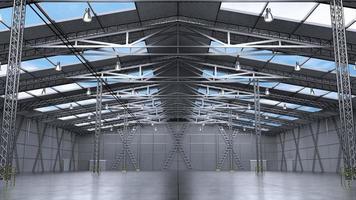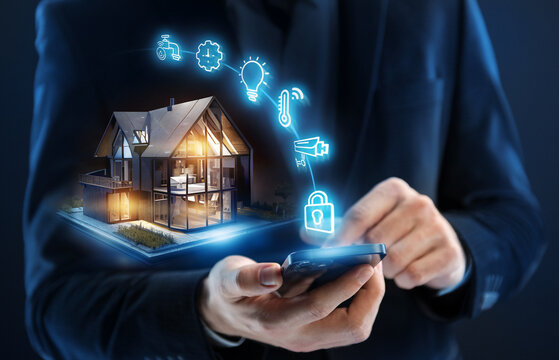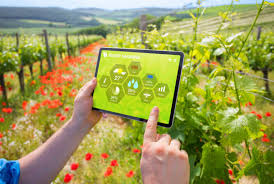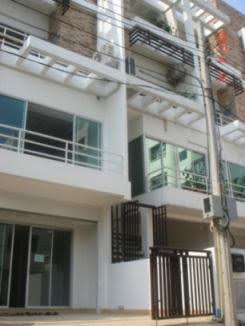As the world confronts the pressing challenges of climate change,
technological innovation, and urbanization, the way we live, build, and
interact with our environment will undergo significant transformations.
Over the next few decades, we will witness innovative changes across
multiple sectors as humanity strives to balance sustainability with the
needs of a growing global population. Three critical pillars of this
evolution include the environment, sustainable building design, and
decarbonization efforts.
The Future of the World Environment and Habitat
Our environment, already under unprecedented strain due to human activity,
will remain at the core of global concern in the coming years. As the impacts
of climate change intensify, we will be forced to rethink how we use and
conserve natural resources. Initiatives aimed at protecting biodiversity,
restoring degraded ecosystems, and rewildingurban spaces will shape how we
approach future land use and city planning.
Environmental adaptation will be crucial in the face of rising sea levels,
more frequent natural disasters, and changing weather patterns. Coastal
cities will adopt strategies to protect themselves from floods by
integrating green infrastructures, such as wetlands and mangroves, while
inland areas will implement drought-resistant landscaping and urban farms
to increase food resilience. As habitats shift due to climate extremes,
conservation efforts will prioritize creating corridors that allow species
to migrate and adapt to their new surroundings.
On the human front, habitats will evolve into multi-functional, sustainable
ecosystems. Cities will increasingly blur the line between built environments
and natural ecosystems, with smart city designs emphasizing urban forests,
green roofs, and community gardens. Nature will no longer be confined to parks
but will become an integral part of daily urban life, offering both aesthetic
and ecological benefits. Buildings will serve as ecosystems themselves,
housing both humans and greenery in symbiotic relationships, where homes
and workplaces clean air, filter water, and even grow food.
The Future of Building and Housing
The next era of building design will be driven by green architecture, flexibility,
and resilience. Future buildings will aim to minimize their environmental impact
through the use of sustainable materials such as bamboo, recycled steel, and
mycelium-based composites.
Key features of tomorrow's sustainable homes will include:
- Solar panels and rainwater harvesting systems.
- Energy-efficient insulation and natural ventilation.
- Passive solar heating to reduce energy consumption.
As urban populations continue to rise, modular and prefabricated housing will offer
space-efficient solutions for compact living. These adaptive homes will be designed
to expand or contract based on changing needs, catering to modern urban lifestyles.
We will also see a rise in micro-apartments and co-living spaces as cities become
denser.
In disaster-prone areas, buildings will incorporate resilient design elements,
capable of withstanding floods, earthquakes, and extreme weather events. These
adaptive architectures will ensure that homes not only shelter their inhabitants
but also protect them from an unpredictable climate.
The Role of Building Automation Systems
Building automation systems (BAS) will play a pivotal role in shaping the future of buildings
and housing. With the increasing integration of technology into our everyday lives, smart
homesand smart buildings will become more prevalent. These systems will optimize the
operation of heating, ventilation, lighting, and security, reducing energy consumption
and providing a higher level of comfort and convenience.
At the core of BAS is the Internet of Things (IoT), which enables devices within a building to
communicate with each other and operate autonomously. These systems will learn from the
behaviorof occupants, adjusting settings in real-time to maintain optimal energy efficiency.
For example, intelligent lighting systems will use sensors to detect occupancy and adjust
brightness accordingly, while smart thermostats will analyze weather forecasts to minimize
heating and cooling costs.
Building automation will also enhance the safety and security of homes and businesses.
Real-time monitoring, combined with AI-driven predictive analytics, will enable
systems to detect potential issues like gas leaks, electrical faults, or intrusions
before they escalate into serious problems. Over time, these systems will become more
sophisticated, incorporating features like voice control, gesture recognition, and
biometric authentication.
Building automation systems (BAS) will play a pivotal role in the smart home revolution.
With the rise of the Internet of Things (IoT), homes and buildings will become increasingly
autonomous, optimizing energy use, comfort, and security.
Smart homes will leverage technologies like:
- Intelligent lighting systems that adjust based on occupancy.
- Smart thermostats that analyze weather patterns to minimize energy use.
- Real-time monitoring systems for enhanced safety and security, preventing issues like gas
leaks or electrical faults before they become major problems. As automation technology
evolves, homes will become more intuitive, incorporating voice control, gesture recognition,
and biometric authentication for seamless interaction.






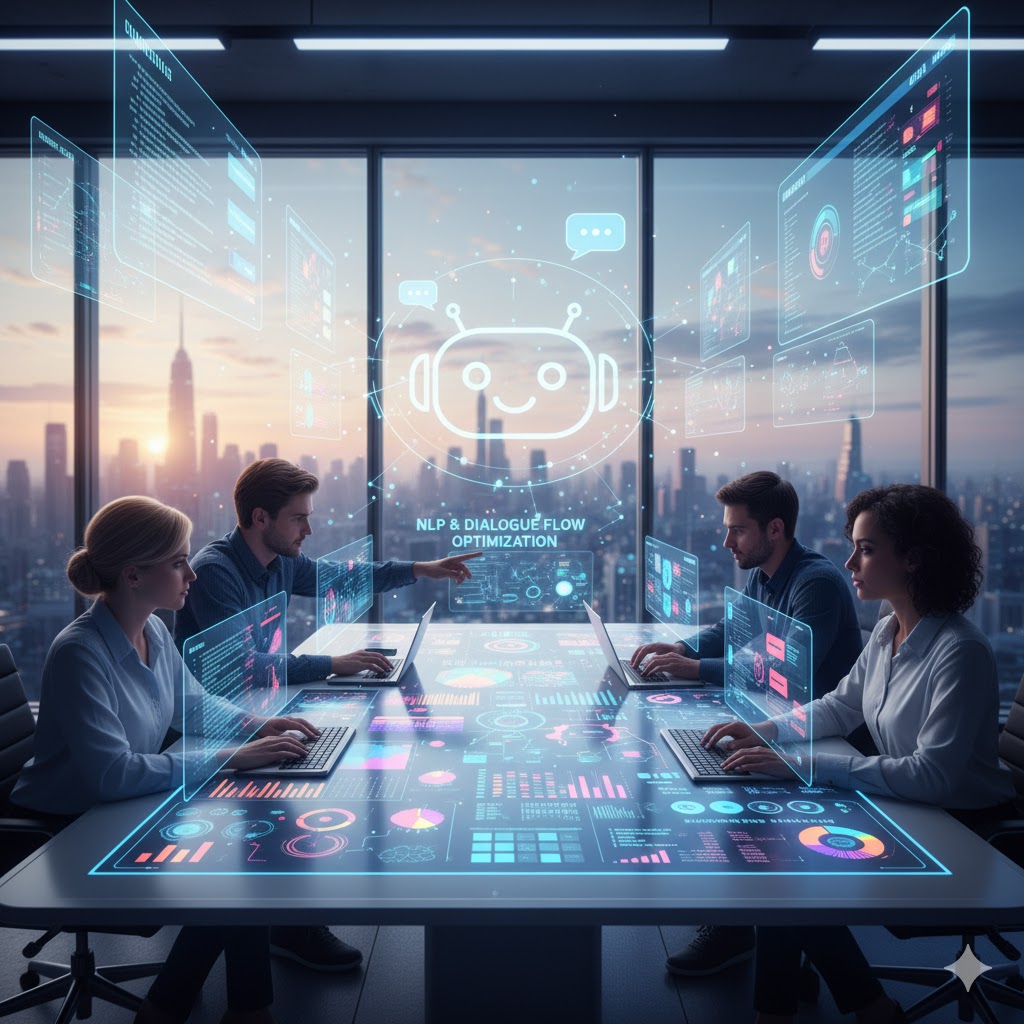

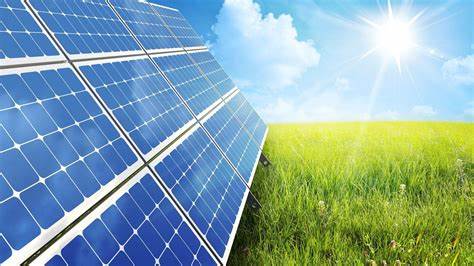
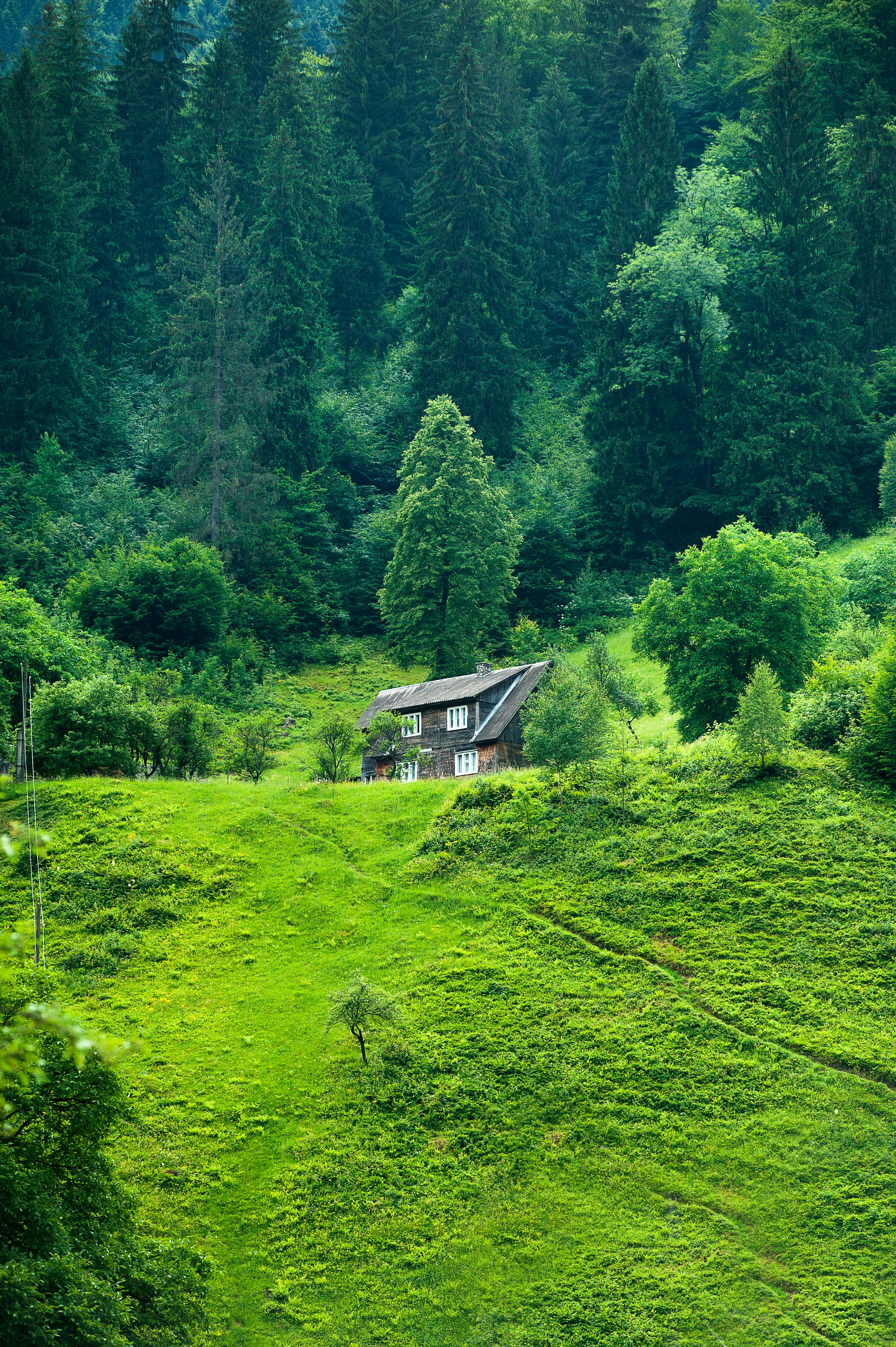


 - Copy.jpg)

